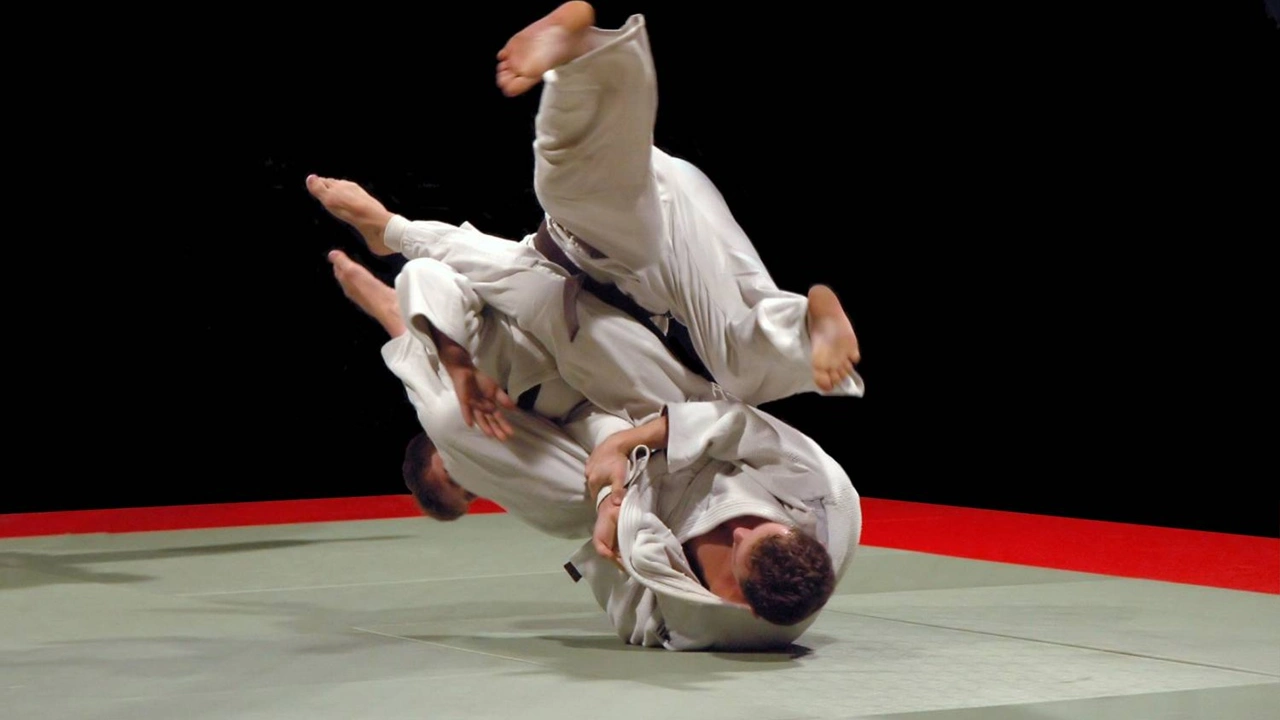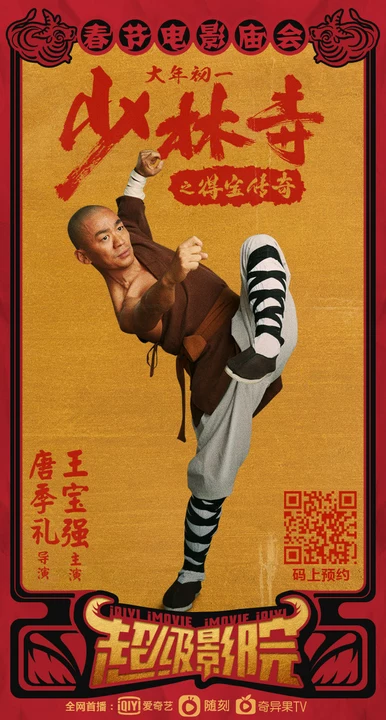Martial Arts – Tips, Techniques & Community Insights
When exploring martial arts, the collection of combat disciplines that blend physical skill, strategy, and culture, you quickly see how it ties together striking, grappling, and mindset. Judo, a Japanese art focused on throws and joint locks offers the groundwork for many modern self‑defense methods, while Wrestling, a centuries‑old grappling sport emphasizing takedowns and control provides raw strength and position work. For those who love striking, Muay Thai, the “art of eight limbs” from Thailand delivers powerful punches, kicks, elbows, and clinch attacks. Adding Brazilian Jiu‑Jitsu, a ground‑fighting system built on submissions and positional flow completes a well‑rounded skill set that many practitioners aim for.
Why Martial Arts Matter Today
Martial arts requires discipline, consistency, and a willingness to learn from failure – a trio that spills over into work, school, and relationships. The blend of mental focus and physical conditioning makes it a proven stress‑buster and confidence builder. Communities around clubs, like our local judo groups, often sit down after class to discuss technique, share stories, and even debate dress‑code quirks such as why a black gi isn’t allowed in competition. Those rule nuances, like the white‑or‑blue gi requirement in judo, keep the sport fair and recognizable on the world stage, including the Olympics where judo, wrestling, and taekwondo each award two bronze medals to honor the double‑elimination format.
When you compare styles, you’ll notice clear semantic connections: judo influences grappling strategies in both wrestling and BJJ, while Muay Thai’s clinch work feeds back into judo’s ne‑waza (ground techniques). This cross‑pollination shows that martial arts encompasses a network of techniques that reinforce each other, rather than isolated silos. For beginners deciding where to start, consider what excites you most – the thrill of a clean throw, the rhythm of a striking combo, or the puzzle of a submission lock. Equipment needs are modest: a proper gi for judo, wrestling shoes for mat work, or simple wraps for Muay Thai. Most clubs, including ours, provide guidance on gear and help you pick the right fit.
Beyond the mat, martial arts also teaches respect for tradition and opponents. Learning the proper bow before a judo bout, understanding the scoring nuances in wrestling, or mastering the timing of a Muay Thai elbow all reinforce humility and attention to detail. These lessons translate directly to everyday decisions, making you more aware and decisive. Whether you’re after competition medals, personal fitness, or a supportive community, the breadth of styles covered here gives you a roadmap to build a lifelong practice.
Below you’ll find a curated collection of articles that dive deeper into the topics we just touched on – from the legality of black gis to the best striking art to pair with judo and BJJ, from the subtleties of Olympic medal rules to the most effective throws and submissions. Explore the posts to sharpen your knowledge, pick up practical tips, and discover stories from fellow martial artists who share your passion.
Should I do boxing or judo?
Deciding between boxing or judo can be a tough choice as both offer unique benefits. Boxing is great if you're looking to improve your speed, endurance, and strength, while also learning self-defense. On the other hand, judo focuses more on balance, coordination, and flexibility, and is a good choice if you're interested in martial arts. It all comes down to your personal preference and fitness goals. Remember, it's always important to enjoy the sport you choose, so try both and see what you like best.
Who would win? Japanese jujutsu master vs Shaolin master?
This age-old question has been asked for centuries: who would win in a fight between a Japanese jujutsu master and a Shaolin master? Both martial arts styles have their own unique advantages and disadvantages. The jujutsu master is skilled in using pressure points and joint locks to subdue his opponents. On the other hand, the Shaolin master is trained in the use of powerful strikes and kicks to break through any defenses. Both fighters have a great deal of experience and skill in their respective martial arts. Ultimately, who would win would depend on the circumstances of the fight. The outcome could be determined by the size, strength, and agility of the combatants, as well as the strategies employed by each fighter. Ultimately, it's impossible to say for sure who would win in this epic matchup, but one thing is for sure: it would be an incredible battle!

